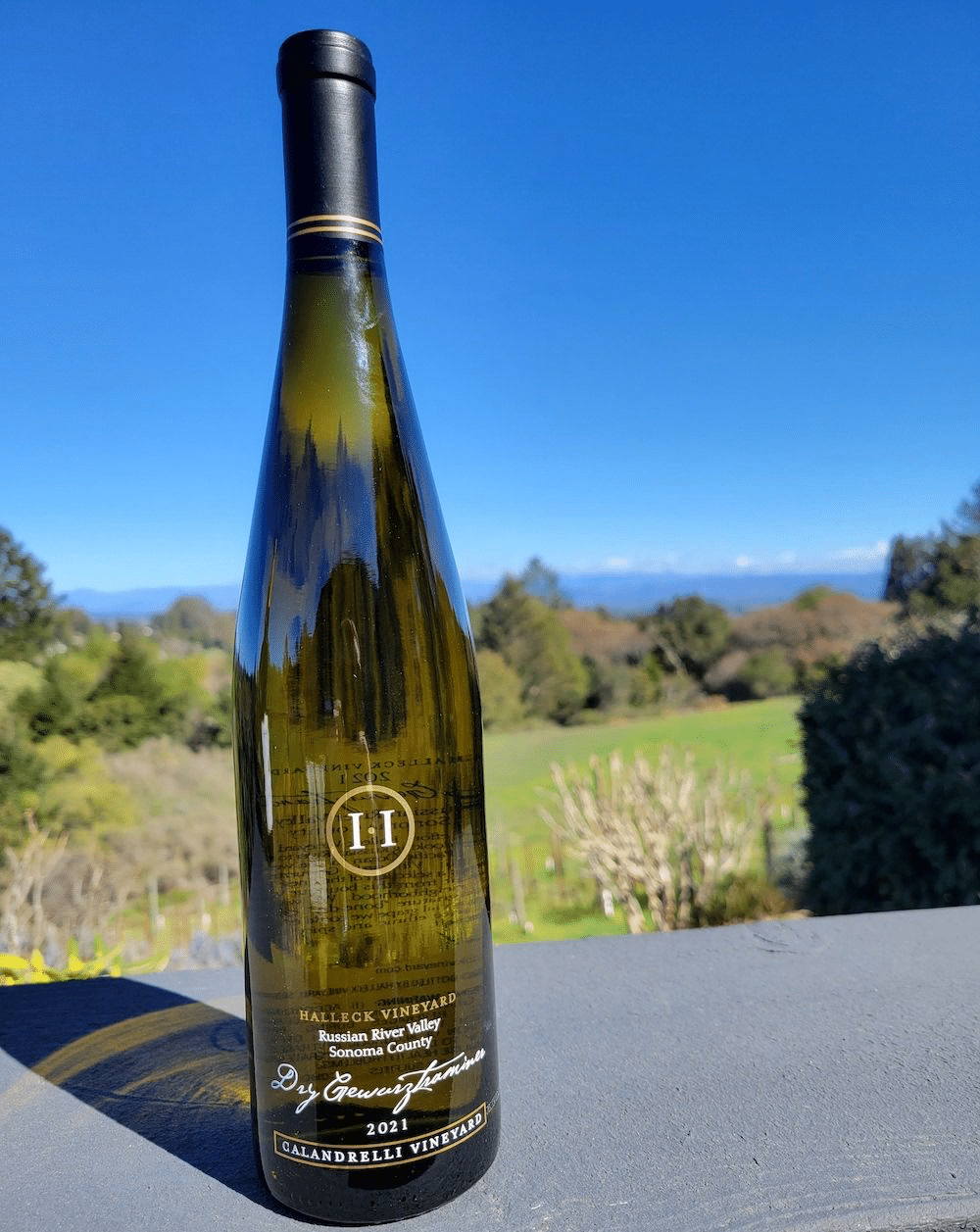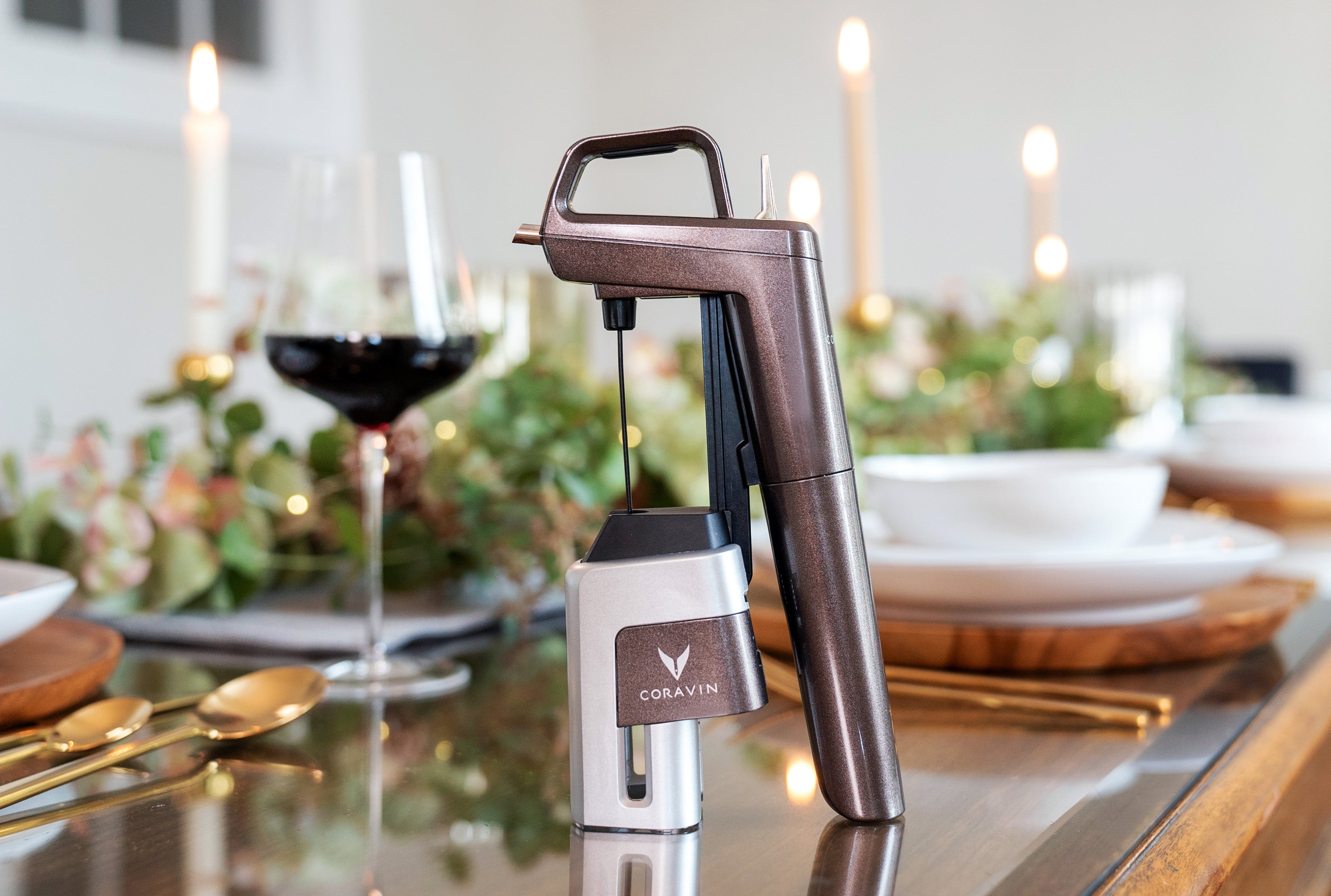Wine Tasting Trails In Sonoma Valley - Wineries With Outdoor Tastings In Sebastopol
Wine Tasting Trails In Sonoma Valley - Wineries With Outdoor Tastings In Sebastopol
Blog Article
Wineries Offering Educational Wine Seminars - Celebrated Wineries Around Sebastopol
Wine tasting is an art that combines sensory experience with an appreciation for the nuances of different varietals. How to gauge flavors in winery wine tasting periods is pivotal to grasping the complexities of wine.
Engaging in a wine tasting involves greater than simply sipping and savoring. It requires a focused approach to establish aromas and flavors that each wine presents. As you start, observe the wine's look, noting its shade and clarity. These visual cues typically recommend a wine’s age, grape selection, and even potential flavor profiles.
The subsequent step within the tasting process is to swirl the wine in your glass. This motion releases aromatic compounds which are important for evaluation. Lean in and take a moment to inhale deeply; the aromas can range from floral and fruity to spicy and earthy. The nose of the wine is just as necessary as the palate, and recognizing scents performs a big position in understanding the overall experience.
When taking your first sip, permit the wine to move throughout your palate - Vintage Wine Tasting Experiences In Sebastopol. Notice the initial flavors that present themselves. Is the wine fruity, floral, or perhaps herbaceous? This preliminary taste offers insight into what the wine is prone to express as you continue to gauge it. The mouthfeel additionally contributes to the general flavor experience; it might be silky, tannic, and even effervescent.
Wineries With Unique Varietals - Sonoma Wine Country Wineries To Explore
As you proceed tasting, take note of the wine’s steadiness. A well-balanced wine will harmonize acidity, sweetness, and tannins. If one element overwhelms the others, it might indicate a less fascinating quality. Evaluating steadiness can help you determine how well the wine might pair with food.
Transitioning to the end, consider how the flavors evolve as the wine lingers in your palate. A long, pleasant end can point out a high-quality wine, while a short or abrupt end may recommend otherwise. Mirror on whether the flavors stay consistent or if new notes emerge because the wine settles. This progression can reveal complexities and intricacies that may not have been apparent in the initial tasting.
Temperature can be a vital consider evaluating wine flavors. Different forms of wine are optimally enjoyed at particular temperatures. White wines usually shine when chilled, whereas red wines generally perform best at room temperature. When tasting, make certain the wine is on the acceptable temperature to totally appreciate its character.
Wineries Offering Off The Beaten Path Experiences - Sonoma Wine Tastings
Pairing food with wine can tremendously improve the tasting experience. Foods can affect the perception of flavors in wine, both highlighting sure characteristics or diminishing them. When evaluating flavors, consider how the wine interacts with completely different foods, noticing which flavors are amplified or muted (Wineries Offering Charcuterie And Wine Pairings).

Consider the influence of terroir as you have interaction in a winery tasting. Terroir encompasses the distinctive environmental factors that affect grape rising, including soil composition, local weather, and geography. Understanding a wine's terroir can present perception into its flavors and aromas, fostering a deeper appreciation for the choices made throughout its cultivation and manufacturing.
Schooling performs a elementary function in enhancing one's ability to judge wine flavors. Learning about grape varieties, wine regions, and manufacturing strategies can pave the finest way for extra knowledgeable judgments during tastings. Moreover, attending workshops or classes can refine sensory skills and increase your flavor vocabulary, enabling you to articulate tasting notes more effectively.

Lastly, it's important to remember that evaluating wine flavors is a extremely personal experience. Particular Person preferences and perceptions will invariably form one’s tasting journey. Enjoyment ought to be on the forefront, with the analysis process appearing as a device to reinforce understanding and appreciation quite than create rigid tips.
Wineries Near Highway 12 - Scenic Wineries Of Sebastopol
In conclusion, mastering tips on how to evaluate flavors in winery wine tasting periods entails a mix of sensory engagement, information, and practice. By studying to determine aromas, assess the steadiness, and appreciate the intricacies of flavor, wine enthusiasts can deepen their connection to every bottle they encounter. As with any art type, the more one immerses themselves within the experience, the extra they'll uncover and benefit from the vast world of wine.
- Start by observing the wine's color and clarity, as these visible components can hint at its flavor profile and growing older potential.
- Swirl the wine gently in your glass; this releases aromatic compounds, permitting you to higher establish the complex scents associated with the wine.
- Take a deep inhale before tasting, focusing on both primary and secondary aromas to collect insights on fruits, spices, and other nuances.
- When tasting, permit the wine to coat your palate; note the initial flavors, the mid-palate complexity, and the finish as these phases can present totally different flavor highlights.
- Pay attention to texture and mouthfeel, as aspects corresponding to tannin levels, acidity, and sweetness contribute considerably to the general tasting experience.
- Evaluate flavors towards normal wine characteristics; for purple wines, consider berry notes, oak influence, and herbal tones, while whites might embody citrus, stone fruits, and floral hints.
- Take notes during the tasting session to track your impressions, helping you to recollect and consider the different wines sampled.
- Talk About your findings with fellow tasters or winery workers, as sharing insights can improve understanding and appreciation of individual flavors.
- Allow time for the wine to breathe; generally, flavors evolve and reveal new dimensions after being uncovered to air.
- Experiment with food pairings in the course of the tasting as they will dramatically alter how flavors are perceived, influencing overall enjoyment.undefinedWhat should I look for when evaluating the aroma of wine during a tasting?
Start by swirling the wine in your glass to launch its aromas. Deliver the glass to your nostril and take a deep breath. Pay consideration to the primary scents you detect, as these are often the most distinguished. Look for fruit, floral, natural, or earthy notes and try to identify specific traits, which will deepen your understanding of the wine's complexity.
Breathtaking Views From Sonoma Wineries - Sonoma Wine Tasting Recommendations
How can I distinguish between different flavor profiles in wine?
Understand that flavor profiles are often categorized as fruit, floral, herbaceous, spicy, or mineral. Take small sips and allow the wine to coat your palate. Discover the primary flavors that emerge first and the refined notes that observe. This layering is crucial in distinguishing the wine's traits and will allow you to respect its unique profile.
Wineries Near Santa Rosa - Best Vineyard Visits In Sonoma
What is the significance of the wine's texture in a tasting?

The texture of the wine, also identified as mouthfeel, plays a vital role in how we perceive flavors. Pay consideration to whether the wine feels easy, creamy, or gritty. The body of the wine (light, medium, or full) can improve or distinction with flavors, providing a extra rounded experience throughout tasting.
How do I assess the balance of flavors in wine?
Steadiness in wine refers back to the harmony between acidity, sweetness, tannin, and alcohol. Take a moment to assess whether or not these components complement or interfere with one another. use this link A well-balanced wine could have none of its elements overpowering the others, creating a pleasant tasting experience.
Wineries Offering Charcuterie And Wine Pairings - Sonoma’s Lush Vineyard Landscapes
What position does temperature play in evaluating wine flavors?
Temperature can considerably impact the notion of flavors. Generally, purple wines are greatest served barely below room temperature, while white wines take pleasure in being chilled. As the temperature modifications, the aromas and flavors can shift, permitting you to perceive different traits. It’s important to taste wine at its optimum temperature for true evaluation.
Wineries Renowned For Cabernet Sauvignon In Sonoma - Discovering The Vineyards Of Sonoma County
How can I improve my tasting skills over time?
Practice is key to improving your tasting skills. Wineries Producing Pinot Noir And Chardonnay. Attend tastings, maintain a journal of your experiences, and discover several varieties of wines to broaden your palate. Moreover, studying about wine manufacturing and grape varieties can provide context that enhances your evaluation course of, making you a extra knowledgeable taster.
Is there a selected order during which I ought to taste the wines?
Small Batch Wineries In Sonoma Valley - Sonoma Wine Tasting Recommendations
Sure, it’s advisable to taste wines from light to full-bodied and dry to sweet. This development prevents the stronger flavors from overshadowing the extra delicate ones, allowing you to fully appreciate every wine's traits and nuances with out palate fatigue.
How can I evaluate the aftertaste of wine?
Charming Wineries With Views In Sonoma Valley - Winery In The Sonoma Wine Region
The aftertaste, or end, is a vital aspect of the wine-tasting experience. After swallowing, take note of how lengthy the flavors linger on your palate and whether they change. A long, pleasant finish is commonly an indicator of a high-quality wine, while a short or disagreeable finish could suggest otherwise.
Why is it essential to note the wine’s acidity during tasting?
Acidity contributes to the general freshness and structure of the wine. Pay consideration to the tingling sensation on your tongue; larger acidity can enhance the wine's liveliness my blog and steadiness out sweetness. Noting acidity helps determine the wine's versatility with food and its getting older potential.
What should I do if I struggle to establish particular flavors in wine?
Wine Tasting Experiences With Local Cheese - Discovering The Vineyards Of Sonoma County
Struggling to establish flavors is widespread, especially for beginners. Focus on broader categories and describe what you can recognize, such as candy or earthy notes. With practice, reading about totally different flavor profiles, and perhaps using flavor wheels, you may refine your senses and develop a extra nuanced method to tasting. Report this page